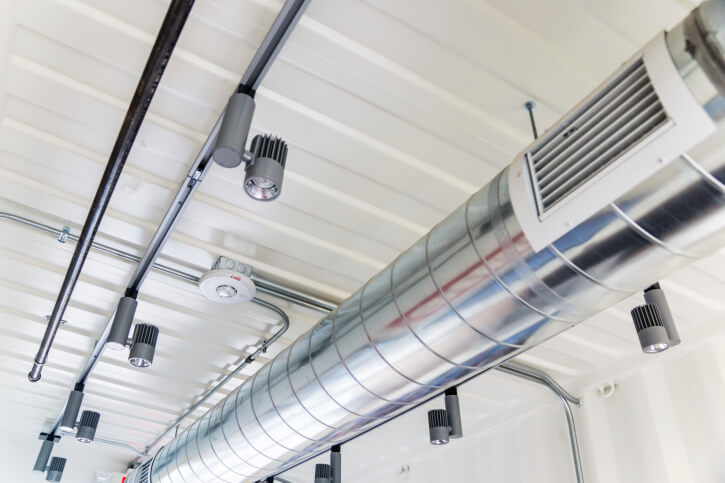
How AC Came to Be
In 1902, a young man named Willis Carrier was wrestling with a problem.
Printing operations at Sackett-Wilhelms Lithographing & Publishing Co. slowed to a crawl whenever the weather grew hot and humid. Because paper absorbed moisture from the air, it wouldn’t feed smoothly through the printing press, align properly or allow ink to dry completely. The publisher had turned to his employer, the Buffalo Forge Company, for help.
Waiting for the train one foggy morning, Carrier had a revelation. What if he could artificially reproduce the same conditions that shrouded the area in mist?
A mechanical engineer with a degree from Cornell University, he knew fog was formed when moist air vaporized as it encountered cooler, drier air. If he could devise a way to control temperature and saturation, he could “temper” the air which might solve the printing company’s problems.
By July, he was supervising the installation of air treatment equipment at Sackett-Wilhelms and creating the first air conditioned building in the world. Initially the equipment cooled and dried air by blowing it across pipes filled with cold well water, but soon, Carrier added a crucial enhancement: an industrial refrigeration unit that more efficiently cooled the water-filled pipes.
The following year, he filed a patent application for the Apparatus for Treating Air, which processed “air previous to its use for ventilating and heating buildings or for other commercial purposes such as drying, refrigerating, etc.” He continued to experiment and made significant discoveries, such as the fact that forcing air through rather than around water-filled coils produced cooler, drier air.
In 1911, he published a formula for calculating system requirements, establishing a scientific model for the AC industry, and in 1915, he partnered with six engineers to launch the Carrier Engineering Corporation to focus on air conditioning and drying equipment. The company developed a centrifugal chiller, and by 1933, it had devised a system with four pivotal elements: mechanical controls, evaporator coils, a belt-driven condenser unit and an air blower.
Throughout the 1930s and 40s, air conditioning remained a rarity. To attract customers during summer months, movie theaters, hotels and stores touted it in advertisements. Some companies installed it to solve production issues, but most remained skeptical. Finally in 1957 after several studies demonstrated it could improve worker efficiency by as much as 24%, a survey found nine out of 10 companies viewed it as critical.
Residential air conditioning grew more slowly. Until the 1950s, few homes had it, but by mid-decade, Americans were buying 1 million window units a year. In 1965, only 10% of homes had air conditioning. By 1993, that number had increased to 68%, and today close to 90% have central systems, room units or both.
Modern AC manufacturers continue to design improved systems that feature advanced technologies, electronic sensors and quieter, more efficient components. Most systems, however, continue to rely on the fundamental principles Willis Carrier first put into practice more than 110 years ago.